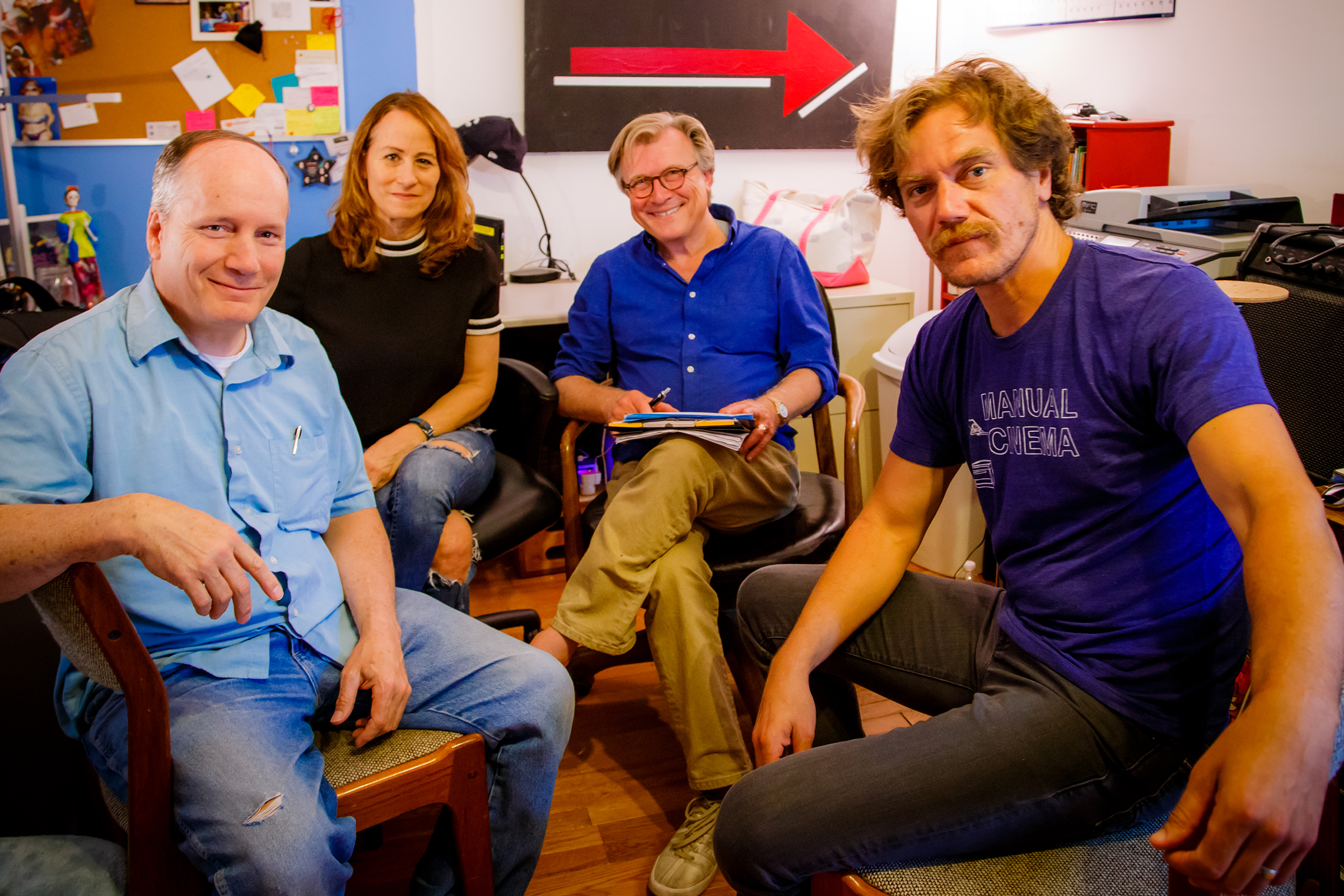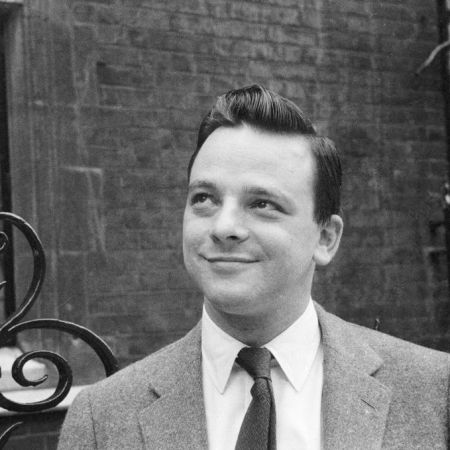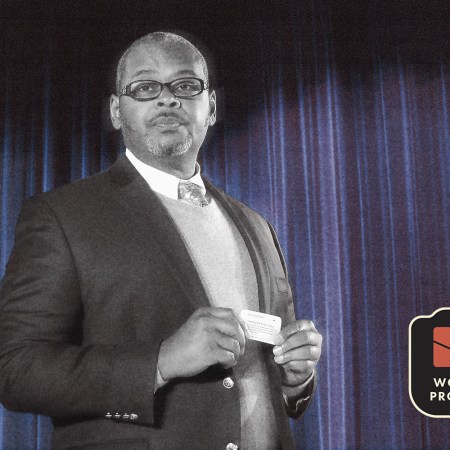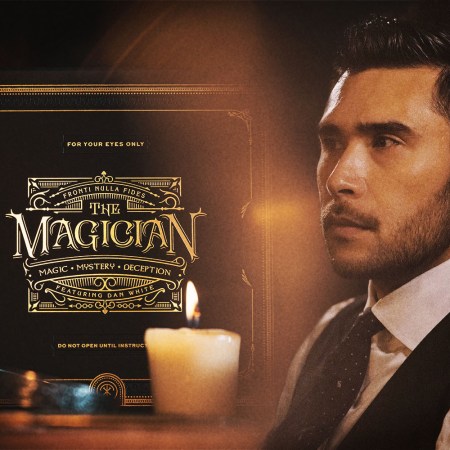Randolph Street may be Chicago’s version of Broadway, but as any theater fan knows, the touring productions that roll in and out of the Loop are the tip of the iceberg when it comes to theater in this town.
The real, authentic, homegrown scene has always been less about showbiz and more about the teamwork of making magic on the stage. No one knows that better than Mark Larson, the longtime Chicago educator and writer who spent more than four years assembling the voices that speak in Ensemble: An Oral History of Chicago Theater.
The almost-700-page book is a comprehensive testament to Chicago’s singular and vibrant theater scene, covering more than 60 years of productions with the help of interviews from some 300 writers, actors and directors, from Ed Asner to Julia Louis-Dreyfuss to Michael Shannon.
Given Larson’s penchant for great conversation — he also publishes American Stories Continuum, an interview-style blog that owes its inspiration to Studs Terkel — we dialed him up to chat about what he learned while compiling his new book.
InsideHook: Did you ever work in theater?
Mark Larson: I majored in theater in college, focusing on playwriting and directing. I dropped out to come to Chicago in the ‘70s to try my hand at starting a theater company. I knew absolutely no idea how to do it, so my tiny company folded quickly. But I did get a one-act I wrote produced by Victory Gardens, and a musical I co-wrote was produced at the Second City children’s theater with George Wendt in the lead role. When my wife and I had twin daughters, I had to get a real job, and went into education where I spent the bulk of my career. But I remained an avid theater-lover, and as soon as I retired as a professor of education, I started writing this book.
Why do you suppose theater achieved such a significant presence in this town?
I think it’s because this truly is a community and operates, as many told me, like one big ensemble. Because this a mutually supportive community of artists, they make each other possible. And there is a context that develops, a vibrant and nurturing context, in which new works can get a shot and new artists can find support and opportunities.

I am sure you heard a lot of we-were-poor-but happy recollections, but what about the bad old days?
I heard about companies and performers who felt overlooked or misunderstood by the critics, audiences, and even their fellow company members. A well-known example of that is when Gary Sinise, as artistic director of Steppenwolf in early ‘80s, advocated hard for taking their successful True West to New York. There was a split in the company about the wisdom of that move and there were a lot of arguments. But ultimately, the wisdom of taking that risk is lost on no one. Some companies — like Remains, St. Nicholas, and Famous Door — after making a significant impact on the theater scene, died painful deaths which led to resentments within their ranks, some of which are still felt today.
What was one of the more meaningful takeaways for you in doing this project?
I actually was surprised by the vibrancy, eclectic nature, and resilience of the community as a whole. Another surprise was to discover the remarkable work occurring in the storefront theaters. In retrospect, I suppose I had the prosaic notion that the big important work being done in the city was occurring in the well-established places that have become institutions — the Goodman, Steppenwolf, Chicago Shakespeare Theater, and others. But the storefront scene, I was fascinated to discover, has become, collectively, a kind of institution itself, doing groundbreaking and influential work in tiny spaces.
Some of the folks in your book have gone onto major careers in film and television. Was it hard to get them to speak with you?
Julia Louis-Dreyfus was very hard to schedule, though I was told she really wanted to do the interview. Then one day, I got a text from her husband, Brad Hall, who said they were on their way to the Emmys and couldn’t talk now, but is it too late for Julia to do an interview? Absolutely not, I said. I watched the Emmys and thought I’d wait a few days for all that activity to die down. But almost immediately she announced that she had breast cancer. I was not about to intrude on that and resigned myself to not having her in the book. But some time later, as I was finalizing the text, I received another text from Brad: “Can you talk to Julia Friday at 2?” We talked by phone for about an hour and then she said she was being hustled out the door for a doctor appointment. She asked, “Do you want to call back when I get in the car?” She was very generous, very kind, very warm.
Any individuals you were wary of contacting?
I thoroughly enjoyed my conversation with Alan Arkin, in part because I had been pretty nervous going into it. When we set it up, he said he wouldn’t talk to me until I had read his memoir. And then he said, “Don’t ask me anything that’s already in it.” Part way through the interview, I said, “I know this is in your book, but I need to ask you because my book is an oral history and I need to capture your telling me rather quoting from the book.” He said, “That’s okay. I can tell you did your homework and love this stuff.” That meant a lot to me.
Finally, what show have you enjoyed lately and what are you looking forward to seeing?
I was very impressed by King Hedley II at Court Theatre, Mosquitos at Steep Theatre, Love and Information at Trap Door, and Lottery Day at the Goodman. I’m really looking forward to seeing Oedipus Rex at Court, and whatever Ike Holter writes next.
This article was featured in the InsideHook Chicago newsletter. Sign up now for more from the Windy City.






















